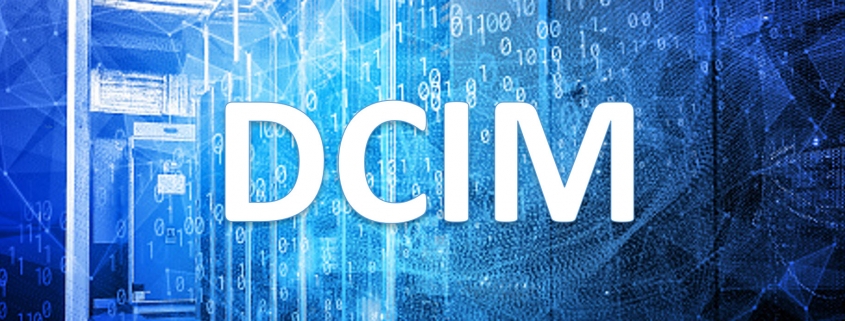DCIM as a Hub: Integrations Make all the difference
Today, the role that the physical data center plays in software-defined data centers, particularly facility design and operational management, is often overlooked. However, this is likely to change.
As more networking and compute becomes virtualized and flexible, so too must data center resources, in order to achieve maximum agility and efficiency. To virtualize only IT and networking resources is to optimize only the top layers of the stack; the supply of underlying physical data center resources — power, cooling, space — must also be tightly coupled to IT demand and resources, and automated accordingly.
This is where data center infrastructure management (DCIM) software comes into play. Leading DCIM platforms enable not just the operational management of data centers, but also the automation of key resources, such as power and cooling. For dynamic resource management, integration with IT and other non-facility data is key.
By integrating DCIM, organizations can tightly couple demand for the virtualized and logical resources (IT and networking) with the supply of physical facility resources (power, cooling and space). Doing so enables cost efficiencies and reduces the risk of service interruption due to under-provisioning.
Integrating DCIM also enables more informed decision-making around best-execution venues (internally and for colocation customers), taking into account the cost and availability of IT, connectivity and data center resources.
While integration is typically a “phase two” strategy (i.e., following the full deployment of a DCIM suite), integration goals should be established early on. The figure below is a simplified view of some of the data sources from systems spanning the IT stack that DCIM can integrate with. Uptime Institute Intelligence’s report Data center management software and services: Effective selection and deployment provides a better understanding of what is required.

Which processes are likely to require multisystem integration? Here are some examples:
Monitoring capacity across clouds and on-premises data centers (enterprise and colocation)
- Possible software integrations: Cloud service application programming interfaces (APIs) for cloud monitoring, virtual machine (VM) management, DCIM suite, IT service management (ITSM).
Adjusting or moving workloads according to availability or energy costs/reliability, or to reduce risk during maintenance
- Possible software integrations: DCIM suite, VM management, cloud service APIs for cloud monitoring and hybrid cloud management, ITSM/IT asset management, maintenance management, service catalog.
Colocation portal providing key data to customers
- Possible software integrations: service level agreement (SLA) management, customer relationship management (CRM), DCIM, ITSM/IT asset management, interconnection management.
Data center service-based costing (real-time, chargeback)
- Possible software integrations: CRM, service management, financial management, DCIM power monitoring, VM/IT resource use. Also useful for carbon/energy tracking/reporting.
Cloud-based resiliency/disaster recovery
- Possible software integrations: DCIM, IT monitoring, workload management, capacity management, storage management, VM management, cloud service APIs for cloud monitoring and hybrid cloud management, disaster recovery/backup.
Unified incident/problem management
- Possible software integrations: DCIM, ITSM, maintenance management, work-order system.
Identifying and eliminating underused/comatose servers
- Possible software integrations: DCIM monitoring, ITSM utilization, IT asset/capacity management, VM management.
End-to-end financial planning
- Possible software integrations: Financial planning, DCIM capacity planning.
Automated services (provisioning, colocation customer onboarding, audits, etc.)
- Possible software integrations: DCIM monitoring, CRM, financial management/planning, IT asset management.
We are seeing more organizations, including large enterprises and colos, invest in DCIM integrations for higher levels of visibility with a goal of end-to-end automation.
Ultimately, by integrating DCIM with IT and other systems, organizations can more effectively plan for data center capacity investments. Using DCIM to optimize the use of existing facilities could also mean enterprises and colos may need fewer or smaller facilities in the future.
The full report Data center management software and services: Effective selection and deployment is available to members of the Uptime Institute Network here.









 2020
2020 2019
2019